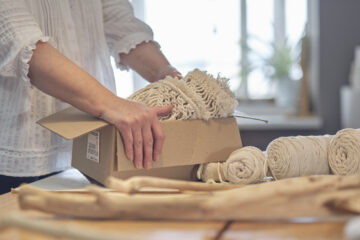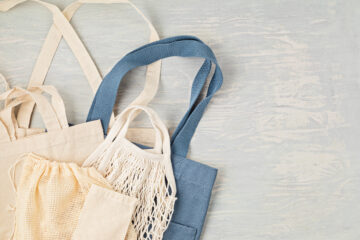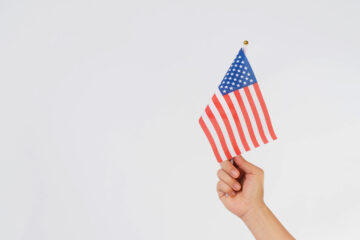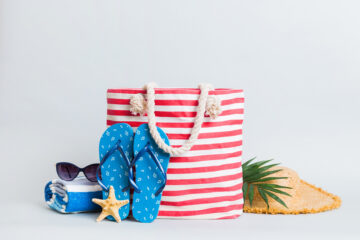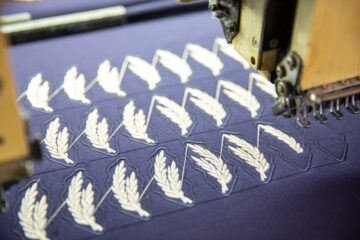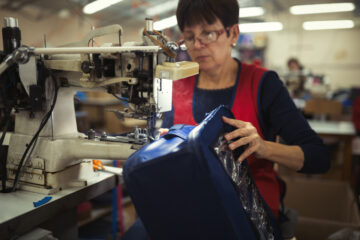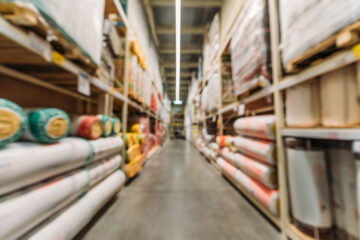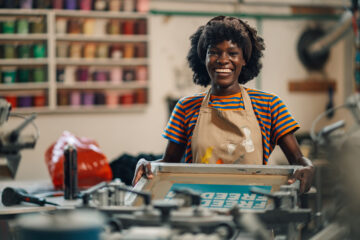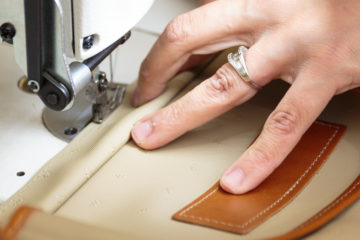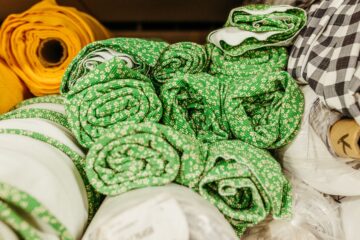Innovative Uses of Leather in Modern Product Design: Beyond Traditional Applications
Leather has long been synonymous with luxury and durability, traditionally found in products like bags, wallets, and shoes. However, as designers push the boundaries of what this versatile material can achieve, leather is making waves in unexpected and innovative ways across various industries. From tech accessories to home décor and even wearable technology, leather’s role in modern product design is evolving, offering new possibilities for aesthetics and functionality.
Leather in Tech Accessories
As technology continues integrating into every aspect of our lives, the demand for high-quality, durable materials in tech accessories has surged. Leather, with its timeless appeal and robustness, has become a favorite choice for designers looking to elevate everyday tech products.
One notable example is Apple, which has long been a pioneer in incorporating premium materials into its product designs. Their range of leather cases for iPhones and MacBooks combines the sleekness of modern tech with the classic touch of leather, offering both protection and style. These cases are not just functional; they add a tactile, luxurious feel that differentiates them from standard plastic or silicone options.
Another brand embracing leather in tech accessories is Nomad, known for its rugged, minimalist designs. Their leather Apple Watch bands and AirPod cases have gained popularity for their durability and aesthetic appeal blend, making leather an integral part of the tech accessory market.
Leather in Home Décor
Leather is also making a significant impact in the realm of home décor, far beyond its traditional use in furniture upholstery. Designers are exploring new ways to incorporate leather into various interior design elements, adding warmth, texture, and a touch of luxury to spaces.
For example, Restoration Hardware has expanded the use of leather into wall coverings, offering leather-clad panels that create a rich, sophisticated ambiance. This innovative use of leather transforms walls from mere structural elements into statement pieces, adding depth and elegance to any room.
Leather is also used in lighting fixtures, as seen in designs by Tom Dixon, where leather straps and accents add a rustic yet refined look to modern lighting. This fusion of materials not only enhances the visual appeal of the fixtures but also introduces a tactile element that is both functional and decorative.
Leather in Wearable Technology
The intersection of fashion and technology has opened new avenues for leather in the wearable tech industry. As wearables become more integrated into our daily lives, the demand for stylish, comfortable, and durable materials drives the adoption of leather in this space.
One of the most prominent examples is Montblanc, a brand traditionally associated with luxury writing instruments and watches. With its leather-strapped smartwatches, Montblanc has expanded into wearable technology. These devices combine cutting-edge technology with the timeless elegance of leather, appealing to consumers who want their tech to complement their personal style.
Similarly, Fitbit has introduced leather bands for its fitness trackers, offering users a more sophisticated option that seamlessly transitions from the gym to the office. These leather bands enhance the look of the devices and provide comfort and durability, essential features for wearable tech.
Sustainable and Ethical Leather Innovations
As sustainability becomes increasingly important in product design, the leather industry is evolving to meet the demands of eco-conscious consumers. Innovations in sustainable leather production, such as vegetable-tanned leather and recycled leather, are leading the way in reducing environmental impact while maintaining the quality and durability that leather is known for.
A great example is VEERAH, a luxury shoe brand that has made headlines for its commitment to sustainability. VEERAH uses apple peels and other organic by-products to create a leather-like shoe material. This innovation reduces waste and offers a cruelty-free alternative to traditional leather without compromising quality or style. VEERAH’s efforts highlight how sustainable materials can be both luxurious and environmentally friendly, making them a compelling choice for modern product designers.
These advances in sustainable leather are about reducing harm and creating new possibilities in design. As more companies explore these eco-friendly alternatives, the future of leather in product design looks both innovative and responsible, offering designers new ways to align their products with the values of today’s consumers.
By adopting these sustainable practices, brands can appeal to a growing market of environmentally conscious consumers, ensuring that leather remains a relevant and desirable material in the years to come.
The Future of Leather in Product Design
Leather’s role in modern product design is evolving beyond its traditional applications, finding new life in tech accessories, home décor, and wearable technology. As designers and brands continue to explore the possibilities, leather remains a material that balances luxury with practicality and tradition with innovation. For those looking to push the boundaries of leather use, the future is full of exciting opportunities to create products that are both timeless and cutting-edge.
As the landscape of modern product design continues to evolve, leather remains a versatile and timeless material that offers endless possibilities for innovation. Whether you’re looking to create tech accessories, home décor, or wearable technology, leather’s unique blend of durability, luxury, and adaptability can set your products apart. At Softline Brand Partners, we specialize in helping designers and brands push the boundaries of what leather can achieve. With our expertise in cutting-edge manufacturing and sustainable practices, we’re here to support your vision and bring your innovative leather designs to life. Explore how we can collaborate to elevate your next project to new heights.
